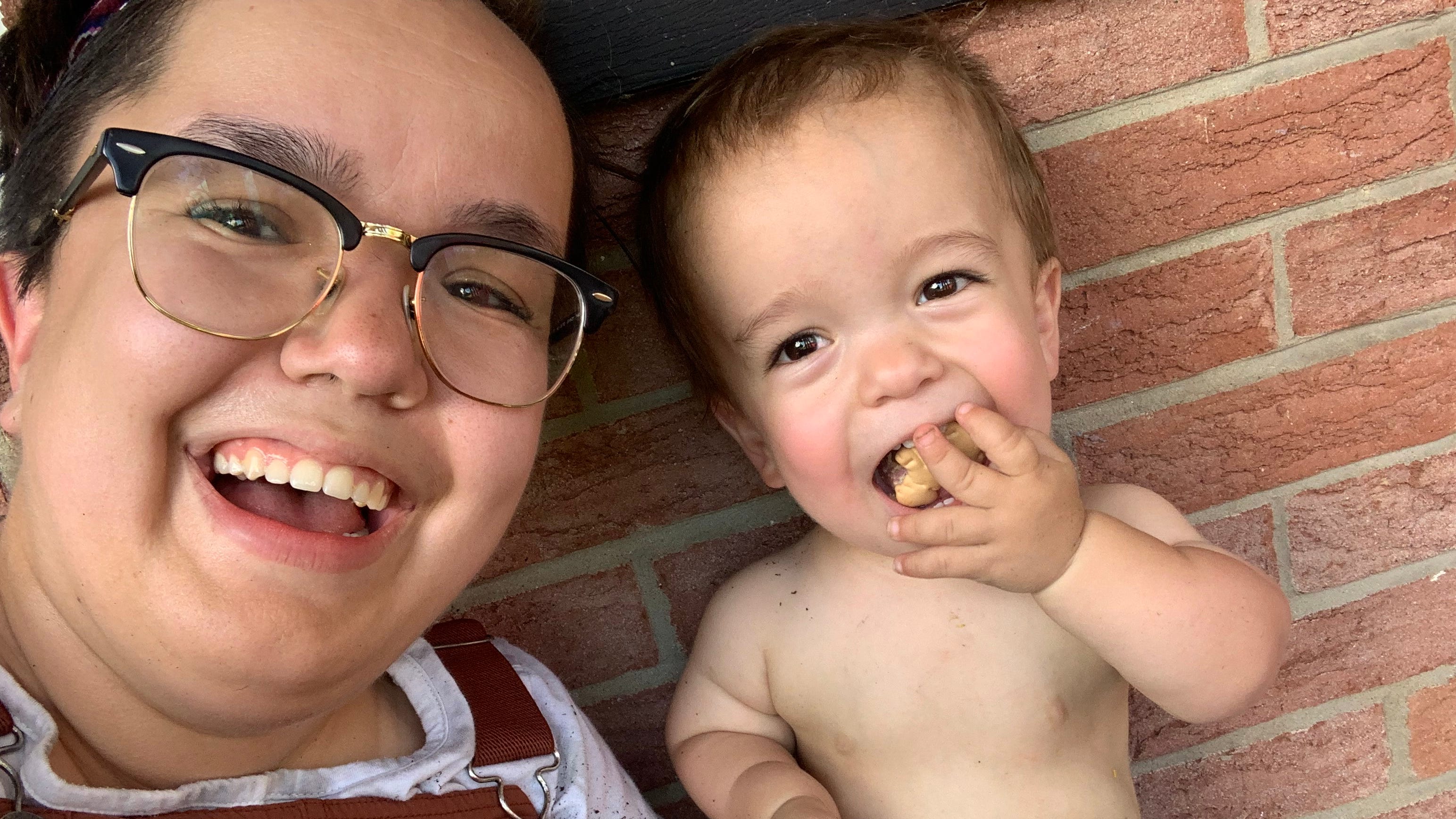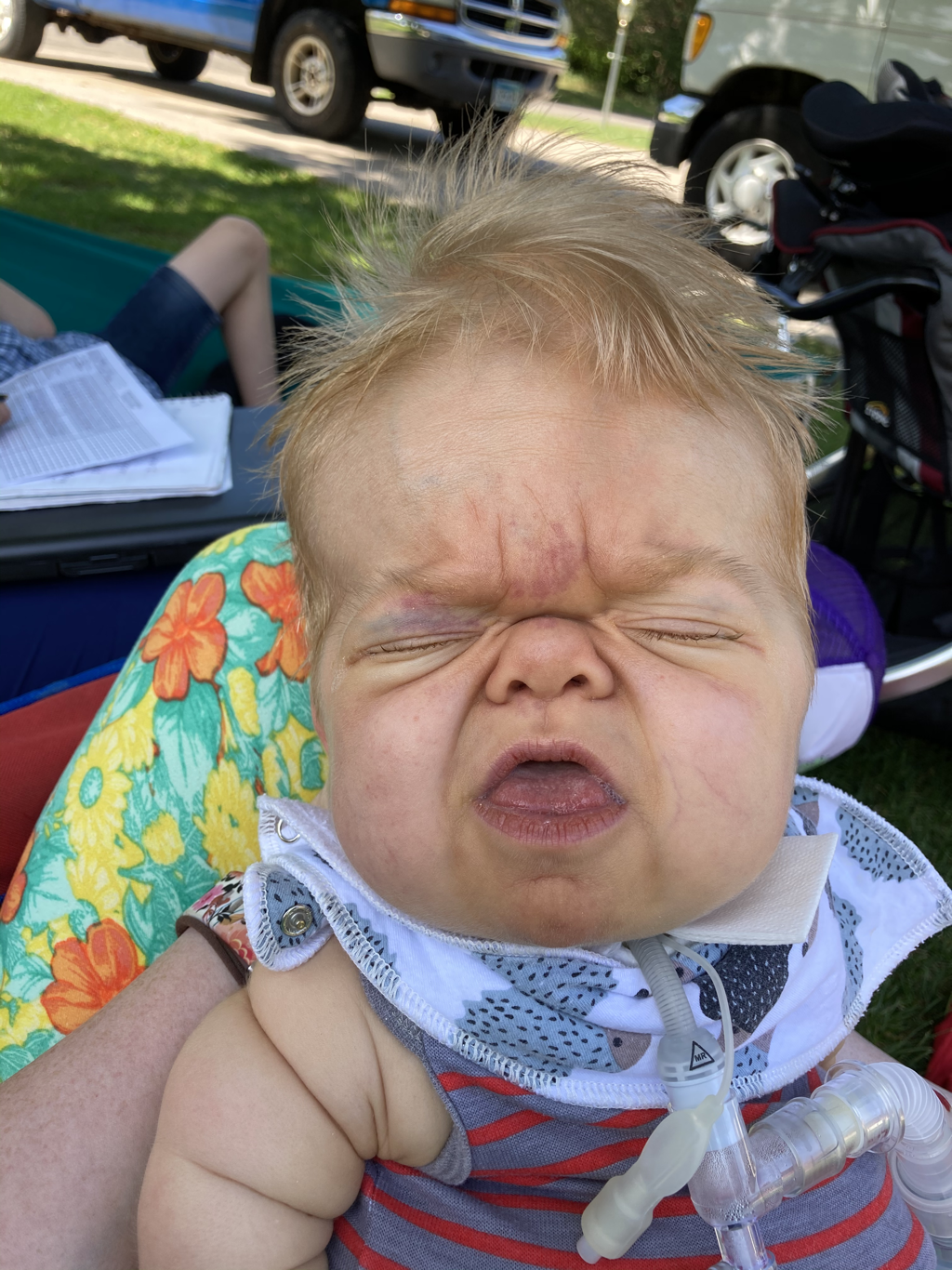Do All Midgets Have Dwarfism? Unpacking The Terms And Realities
Many people, it seems, often wonder about the words we use to describe differences in human height, especially when it comes to people who are notably short. There's a lot of confusion, you know, around terms like "midget" and "dwarf," and what they truly mean for a person's body or their life. This curiosity, perhaps, comes from a natural desire to simply understand the world around us better, and the various ways people are built.
So, it's pretty common to hear questions like, "Do all midgets have dwarfism?" This question, really, gets to the heart of how we categorize and speak about individuals with short stature. It also touches on how medical conditions play a role in a person's physical make-up, and how language itself can shape our perceptions and, frankly, our respect for others.
Today, we're going to take a closer look at these terms and the real experiences of people with dwarfism. We'll explore the distinctions, talk about the science, and, you know, hopefully clear up some common misunderstandings along the way. Our goal is to simply give you a clearer picture, so you can speak about these things with more accurate information and, certainly, with more kindness.
- Who Is The Lawyer Who Switched To Onlyfans
- Who Can Rap Faster Than Eminem
- Judge Jules Net Worth
- Is Jules A Lawyer Reddit
- How Many Movies Have Arnold Schwarzenegger And Danny Devito Been In Together
Table of Contents
- Understanding the Words: Midget vs. Dwarf
- What is Dwarfism? A Medical Look
- Different Types of Dwarfism
- Physical Characteristics and Daily Life
- Genetics and Having Children
- Life Expectancy and Overall Health
- Common Questions About Dwarfism
- A Clearer Picture
Understanding the Words: Midget vs. Dwarf
For a long time, there was, you know, a sort of common idea that a "midget" was a small person whose body parts were all in proportion, while a "dwarf" was someone whose growth was, well, a kind of disability. This distinction, in a way, tried to separate people based on their physical appearance, but it didn't really capture the full story of what causes someone to be of very short height. It's important to remember that.
However, the word "midget" is now, quite simply, thought of as something that's quite offensive and rather outdated. It's a term that many people find deeply disrespectful, and it's best to avoid using it altogether. Instead, the words "dwarf" or "little person" are the ones that describe any adult human who is less than 147 centimeters (which is about 4 feet 10 inches) tall. This shift in language, you see, reflects a growing understanding and a greater respect for individuals of short stature. The term "midget," it's worth noting, was typically only used for humans, while dwarfism can actually be found in animals and even plants.
So, when you're looking to understand the difference between "midget" and "dwarf," it's not just about unique physical characteristics or how someone looks. It's also about the history of these words and, very importantly, the feelings they bring up for people. To be honest, using "little person" or "dwarf" is the more appropriate and considerate approach, showing that you value and respect every individual, regardless of their size. This, you know, helps everyone feel more comfortable.
- Does Yung Gravy Have A Phd
- Who Is Julia Romano
- Is Jules From Twisted Hate Plus Size
- Who Is Shannon Breams Mom
- Is Jules A Lawyer
What is Dwarfism? A Medical Look
Dwarfism, in simple terms, is a condition that results in a person having a much shorter adult height than what's considered average. It typically comes from a medical or a genetic situation, meaning it's not just about being a bit short. According to groups like Little People of America, a person with dwarfism will usually reach an adult height of 4 feet 10 inches or less, for both men and women. This is a key measure, you know, for medical definitions.
It's interesting to consider that being short by itself doesn't mean someone has dwarfism. There's a big difference between simply being a person of short stature and having dwarfism, which stems from a specific medical or genetic cause. Dwarfism is a recognized condition, and it affects humans, of course, but it's also something that occurs in the animal world and, surprisingly, even in plants. You might see horses with certain achondroplastic symptoms, for example, which are similar to a common type of human dwarfism. And, you know, many small dog breeds actually show signs of dwarfism, as the natural size of dogs without human involvement is quite similar to that of wolves. It's a widespread phenomenon, actually.
So, to be clear, dwarfism is defined as an adult height that's typically 4 feet 10 inches or shorter. There are, truly, many kinds of dwarfism, and each one has its own specific features and causes. This variety means that while many people with dwarfism might share a common trait of short stature, the underlying reasons for their height difference can be quite diverse. It's not just one single thing, you know.
Different Types of Dwarfism
Most people who have dwarfism, it turns out, have a form called achondroplasia. This is what's known as disproportionate dwarfism. What this means, basically, is that some parts of their skeletal system develop in a typical way, while other parts experience stunted growth. It's not a uniform reduction in size across the whole body, you know, which can be a common misconception. For instance, a person with achondroplasia might have a torso of a more typical length but shorter limbs, giving them a distinct physical appearance.
Specifically, there are parts of the skeleton that grow and develop through a process where cartilage is replaced by bone, a process called endochondral growth. In disproportionate dwarfism, this particular growth process is affected, which leads to shorter bones in the arms and legs. Other bones, however, might develop directly from membranous tissue, and these parts can grow more typically. This difference in how bones form and lengthen is what creates the unique body proportions seen in many types of dwarfism, and it's quite a fascinating biological process, actually.
Beyond achondroplasia, there are, you know, many other types of dwarfism, each with its own set of characteristics. For example, primordial dwarfism is a much rarer form, and it's characterized by very severe proportionate dwarfism. This means that a person's body parts are generally in proportion, but they are significantly smaller overall, even at birth. This type, too, can bring with it a unique set of challenges, especially during pregnancy and early development. It just goes to show that dwarfism isn't one simple condition, but a group of conditions with various origins and expressions.
Physical Characteristics and Daily Life
People with dwarfism, you know, experience puberty just like anyone else. So, it's not at all like they simply have children's bodies forever; they go through all the normal stages of development into adulthood. However, the genes that cause dwarfism can make bones and muscles smaller, and also cause them to connect in ways that are a little different. This can, for some people, lead to pain or even injury, making certain daily activities more challenging. It's a real consideration for many, truly.
You might, perhaps, have noticed that many people with dwarfism seem to look quite similar to each other. It's almost as if you could say ten people with dwarfism are cousins, and you probably wouldn't disagree, because they often share very similar physical traits, especially when it comes to their skull bone structure. This is often due to the prevalence of achondroplasia, which, as we discussed, is the most common type and results in similar facial and skull features across individuals. It's a remarkable example of how genetics can shape physical appearance, you know, in very specific ways. Interestingly, some have even observed that early human species, like *Homo rudolfensis* and Neanderthals, show skull bone structures that bear some resemblance to those seen in people with dwarfism, which is a rather intriguing thought.
When it comes to personal health and well-being, there are, truly, some common misconceptions that need to be addressed. For example, a question that sometimes comes up is about genital size in individuals with dwarfism. It's important to understand that people with dwarfism can, in fact, have sexually active lives, as their physiological functions are typically normal in most other aspects. There isn't, you know, scientific evidence that supports a general relationship between dwarfism and smaller genital size. Addressing these kinds of myths is absolutely essential to supporting the sexual health and overall well-being of individuals with dwarfism. While individual situations can, of course, vary, and a detailed health check is always a good idea for anyone, it's vital to challenge and correct misinformation that can be harmful or disrespectful. This helps foster a more accepting and informed society, which is pretty important.
Genetics and Having Children
A common question people have is whether people with dwarfism will always have children who also have dwarfism. The answer, actually, is no. Two parents with dwarfism can, in fact, have a child of average height. This is because dwarfism, particularly achondroplasia, is often a dominant genetic trait. This means that if a person inherits just one copy of the altered gene, they will have dwarfism. However, if a child inherits two copies of the typical gene, even from parents who both have dwarfism, they can be of average height. And, you know, the parents themselves probably didn't inherit their dwarfism from their own parents in every case; sometimes, it's a new genetic change. This is why you sometimes see individuals with dwarfism born to parents of average height, which can be quite surprising to some.
Diminutive stature, too, can sometimes appear sporadically within families where all other members are of ordinary size. This means that a child with dwarfism might be born into a family with no prior history of the condition, simply due to a new, spontaneous genetic change in the sperm or egg before pregnancy, or right at the moment of conception. It's a random event, basically, and not something inherited from previous generations. So, the children of parents with dwarfism are, quite often, of ordinary height and proportions, which is something many people don't realize. It's a fascinating aspect of human genetics, really.
Now, about the question, "Do midgets have midget babies?" As we've established, the term "midget" is offensive and outdated, so we'll use "people with dwarfism." People with dwarfism may have babies who also have dwarfism if they experience something like congenital growth hormone deficiency (GHD), which is often caused by genetic errors that can be linked to other physical differences. However, it's important to remember that genetic anomalies leading to dwarfism can occur quite randomly. They might happen in the sperm or egg before pregnancy even begins, or right at conception. This means that the inheritance patterns can be complex and, you know, not always straightforward. For more details on this, you can learn more about dwarf genetics on our site.
Life Expectancy and Overall Health
Many people wonder about the life expectancy of individuals with dwarfism. Dwarfism, which is a type of skeletal dysplasia, is indeed characterized primarily by short stature, typically under 4 feet 10 inches. However, it's really important to know that while there isn't a "cure" for dwarfism itself, many individuals with the condition actually enjoy normal lifespans and generally good health. This is largely thanks to available treatments that help manage various symptoms and potential medical complications. So, it's not a condition that necessarily shortens a person's life, which is a common misconception, you know.
The most common symptom of dwarfism, which is a form of skeletal dysplasia, is short stature. A person diagnosed with any type of dwarfism will almost always have an adult height below 4 feet 10 inches, or 1.47 meters. This short stature becomes more noticeable during puberty and into adulthood, rather than during early childhood. While dwarfism itself isn't a disability in the sense of always qualifying for social security benefits based on height alone, if a person's short stature or their specific type of dwarfism causes medical complications, they may, in fact, qualify for such benefits. It's about the medical impact, basically, not just the height.
Living with dwarfism means that while there are certain physical differences, and sometimes related medical considerations, many individuals lead full and active lives. The focus, you see, is often on managing symptoms and ensuring good health through appropriate medical care. This proactive approach allows many to thrive and participate fully in society, much like anyone else. For more information on health and well-being, you can learn more about living with dwarfism on this page.
Common Questions About Dwarfism
Here are some common questions people often ask, and the straightforward answers:
Is "midget" an offensive term?
Yes, absolutely. The word "midget" is widely considered an outdated and offensive term for people of short stature. The preferred and respectful terms are "dwarf" or "little person." Using these terms shows respect and awareness, which is pretty important in any conversation. It's a simple change that makes a big difference, you know.
Can people with dwarfism have average-sized children?
Yes, they certainly can. It's actually quite common. Dwarfism, especially achondroplasia, is often a dominant genetic trait. This means that if parents with dwarfism both carry the gene, they can still have a child who inherits typical genes and, as a result, grows to an average height. It's not a guarantee that their children will also have dwarfism, which is a key point to understand about the genetics involved. Sometimes, too, dwarfism can occur randomly, not inherited from parents at all.
What is the average height for someone with dwarfism?
The average height for an adult with dwarfism is typically around 4 feet (122 cm), though the medical definition of dwarfism is generally an adult height of 4 feet 10 inches (147 cm) or shorter. This range accounts for the many different types of dwarfism, each with its own unique characteristics and, you know, varying degrees of short stature. It's a pretty clear guideline, really, for what defines the condition.
A Clearer Picture
So, to bring things together, the question "Do all midgets have dwarfism?" really opens up a discussion about respectful language and accurate information. The term "midget" is, you know, deeply offensive and no longer used in respectful conversation. Instead, "dwarf" or "little person" are the appropriate ways to refer to adults who are 4 feet 10 inches or shorter due to a medical or genetic condition. Dwarfism itself is a complex set of conditions, with achondroplasia being the most common, and it impacts individuals in various ways, from physical characteristics to genetic inheritance. People with dwarfism lead full, productive lives, often enjoying normal lifespans, especially with proper medical care. It's about recognizing the diversity of human experience and, frankly, using language that uplifts and respects everyone. For more detailed information on dwarfism and its many facets, you can always refer to reputable sources like the Little People of America organization, which is a great resource.
- Who Is The Lawyer Who Switched To Onlyfans
- Who Is The Lawyer In Silicon Valley
- Who Is The Best Rapper Of All Time
- How Long Has Sandra Smith Been With Fox News
- How Old Is Jules In Twisted Hate

Dwarfism Awareness Month: Talking about dwarfism and embracing it

Dwarfism | Achondroplasia | MedlinePlus

Category: Dwarfism - Loucks' Life